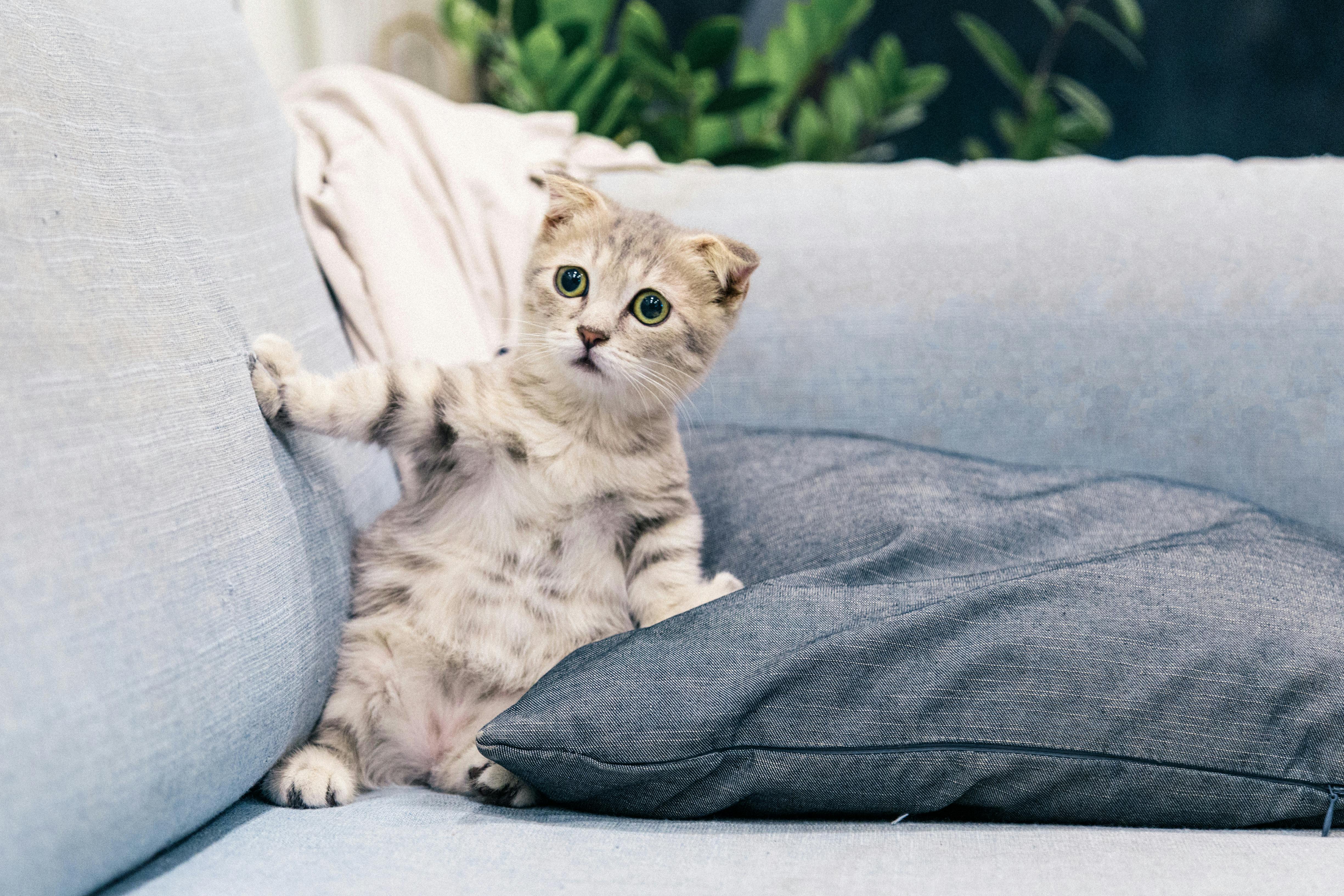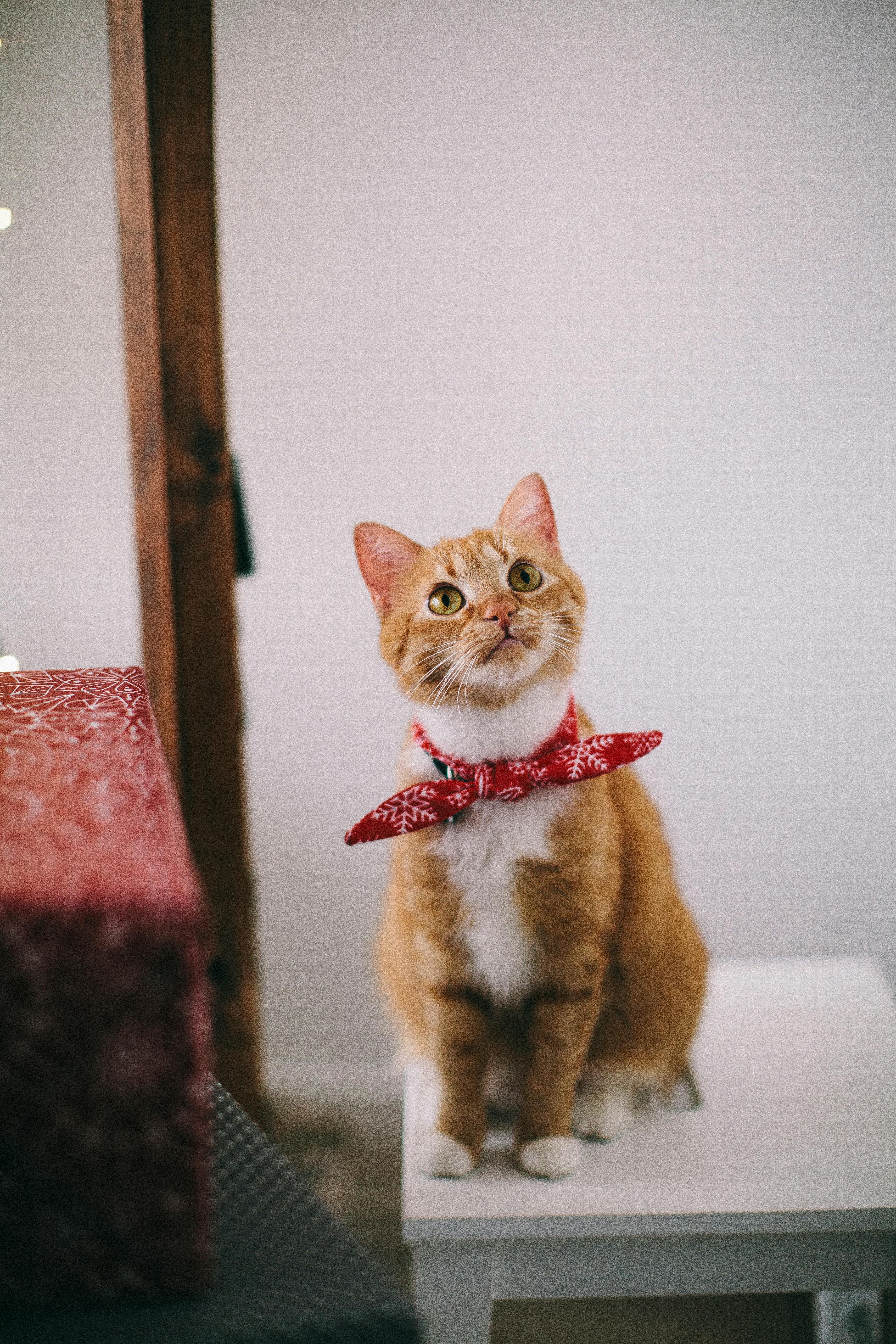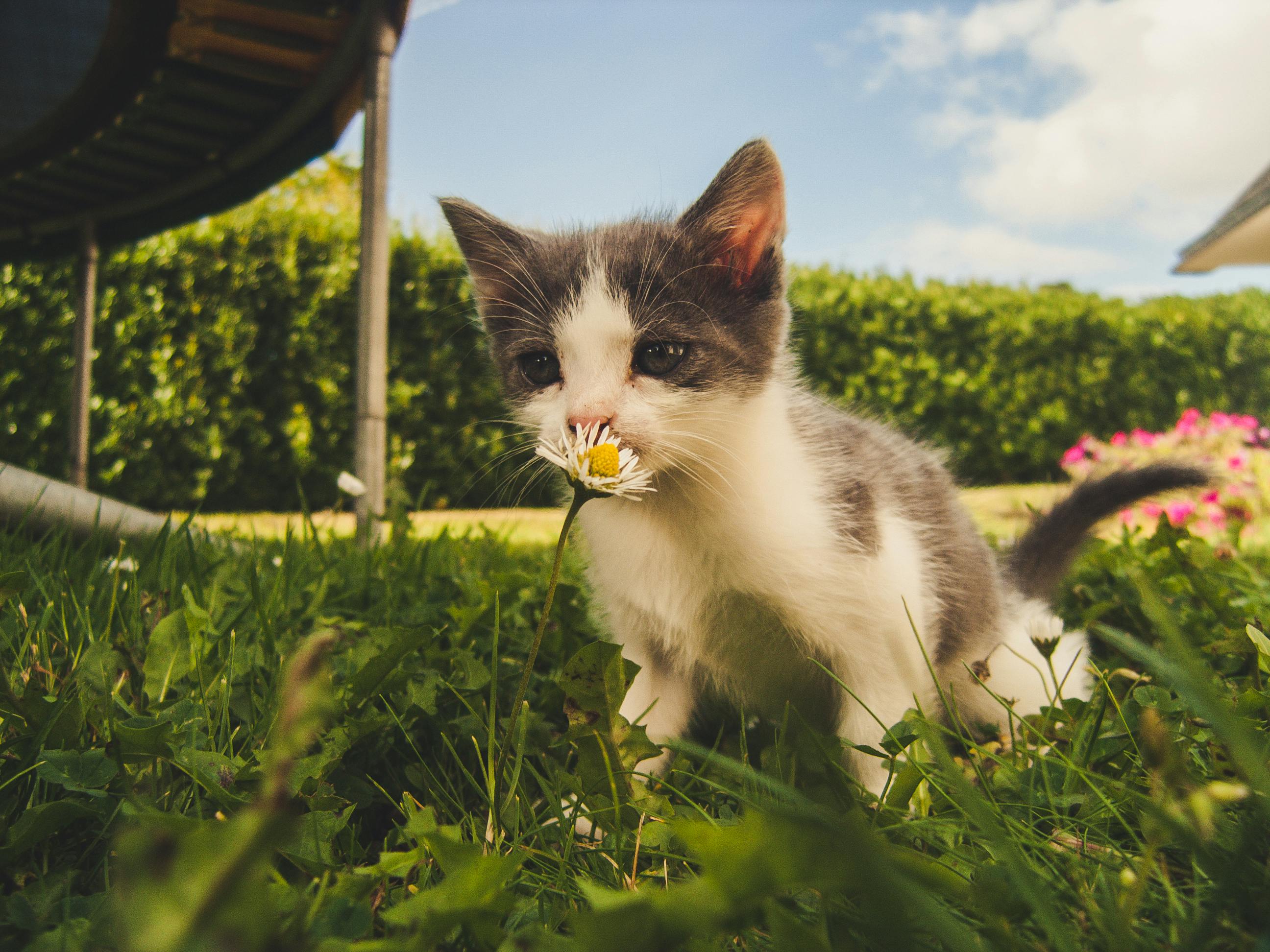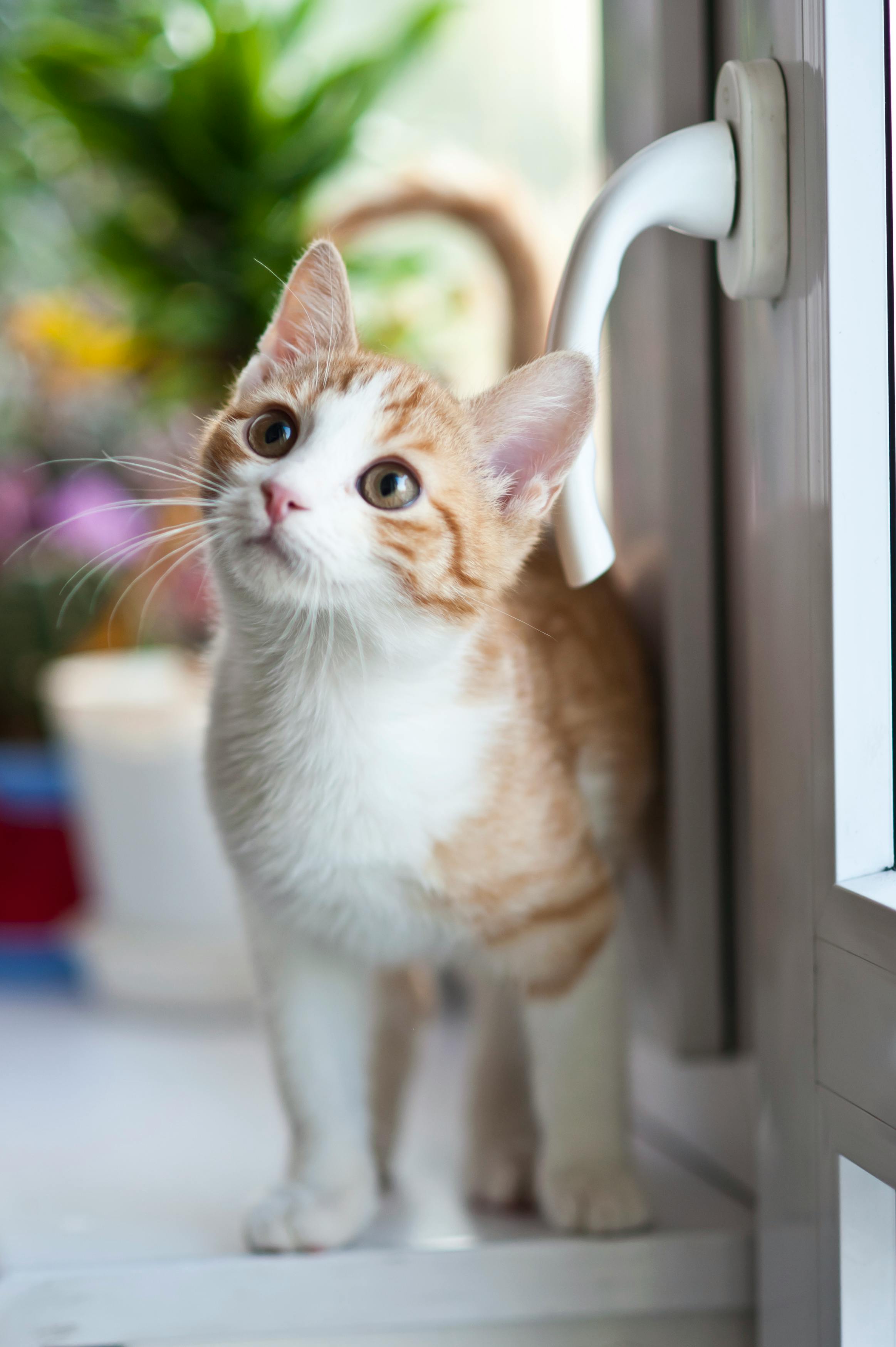Introduction: Deepening Your Connection with Your Cat
Cats are unique, independent creatures, but they crave love and trust just like we do. Building a stronger bond with your cat transforms your relationship, making it more rewarding for both of you. At Cute Pets Lovers, we’re passionate about helping you connect with your feline friend. Unlike simply noticing signs of affection, this guide focuses on actionable ways to foster trust and love through play, communication, and care. Backed by experts like ASPCA, we’ll explore how to understand your cat’s needs and create a lasting bond. Ready to become your cat’s favorite human? Let’s get started!

A cat nuzzling its owner, strengthening their bond. Image source: Pexels (Free to use).
Why Bonding with Your Cat Matters
A strong bond reduces stress, improves your cat’s behavior, and enhances their well-being. According to PetMD, cats with close human relationships are less likely to develop anxiety or destructive habits. Bonding also makes grooming, vet visits, and training easier. By investing time in your cat, you create a partnership built on mutual trust and affection.
Every cat is different, so understanding their personality—whether they’re shy, playful, or aloof—is key. This guide offers practical steps to deepen that connection, no matter your cat’s temperament.

Gentle petting helps build trust with your cat. Image source: Pexels (Free to use).
Understanding Your Cat’s Communication
Learn Their Body Language
Cats communicate through body language. Slow blinks signal trust, while a raised tail shows confidence. A twitching tail or flattened ears may indicate discomfort. Observing these cues helps you respond appropriately, building trust.
Mimic Their Signals
Try slow blinking back at your cat to mimic their “I love you” gesture. This small act, noted by Humane Society, can strengthen your bond.
Listen to Vocalizations
Meows, purrs, and chirps convey different emotions. A soft purr often means contentment, while a loud yowl might signal hunger or distress. Pay attention to patterns to understand their needs.

A cat slow blinking, showing trust. Image source: Pexels (Free to use).
Building Trust Through Interaction
Respect Their Space
Cats value autonomy. Let them approach you first, especially if they’re shy. Avoid forcing affection, as this can erode trust. Offer a hand for them to sniff before petting.
Positive Reinforcement
Use treats or praise to reward good behavior, like coming when called. This builds positive associations with you, per AKC.
Create Safe Spaces
Provide cozy spots like a cat tree or blanket where your cat feels secure. A safe environment encourages them to relax around you.

A cat lounging on a cozy cat tree. Image source: Pexels (Free to use).
Playtime: The Key to Bonding
Choose the Right Toys
Interactive toys like feather wands or laser pointers mimic prey, engaging your cat’s hunting instincts. Rotate toys to keep play fresh.
Daily Play Sessions
Spend 10–15 minutes daily playing with your cat. Short, consistent sessions build trust and burn energy, reducing behavioral issues.
Mimic Hunting Behavior
Move toys erratically to simulate prey, letting your cat “catch” them occasionally. This satisfies their instincts and strengthens your bond.

A cat enjoying a playful feather wand session. Image source: Pexels (Free to use).
Grooming as a Bonding Tool
Grooming builds trust when done gently. Brush your cat weekly to remove loose fur and prevent hairballs. Use a soft brush and reward with treats. Nail trims and ear cleaning, when done calmly, also show care.
Pro Tip: Start with short sessions to avoid overwhelming your cat.
Creating a Routine for Trust
Cats thrive on routine. Feed, play, and interact at consistent times daily. Predictability makes them feel secure, fostering trust. For example, a morning play session followed by feeding can become a cherished ritual.
Have you noticed how your cat responds to routine? Share your tips in the comments!
Special Considerations for Bonding
Shy or Rescued Cats
Rescued or shy cats need extra patience. Sit quietly near them, offering treats or toys without forcing interaction. Over time, they’ll associate you with safety.
Senior Cats
Older cats may prefer gentle petting over active play. Focus on comfort, like soft bedding or warm spots, to build trust.
Kittens
Kittens bond through play and frequent handling. Socialize them early to build confidence.
When to Seek Professional Help
If your cat shows persistent fear, aggression, or withdrawal, consult a vet or behaviorist. Medical issues or past trauma may affect bonding. Resources like AVMA can connect you with experts.

Gentle touch fosters a strong cat-owner bond. Image source: Pexels (Free to use).
Conclusion: A Lifetime of Love with Your Cat
Building a stronger bond with your cat is a journey of love, patience, and understanding. From playtime to gentle grooming, these tips help you connect on a deeper level. At Cute Pets Lovers, we’re here to guide you every step of the way. Try these strategies today, and share your cat’s favorite bonding moments in the comments! Let’s create happier, healthier relationships with our feline friends!
Join our cat-loving community! Visit Cute Pets Lovers for more tips to pamper your pet!
